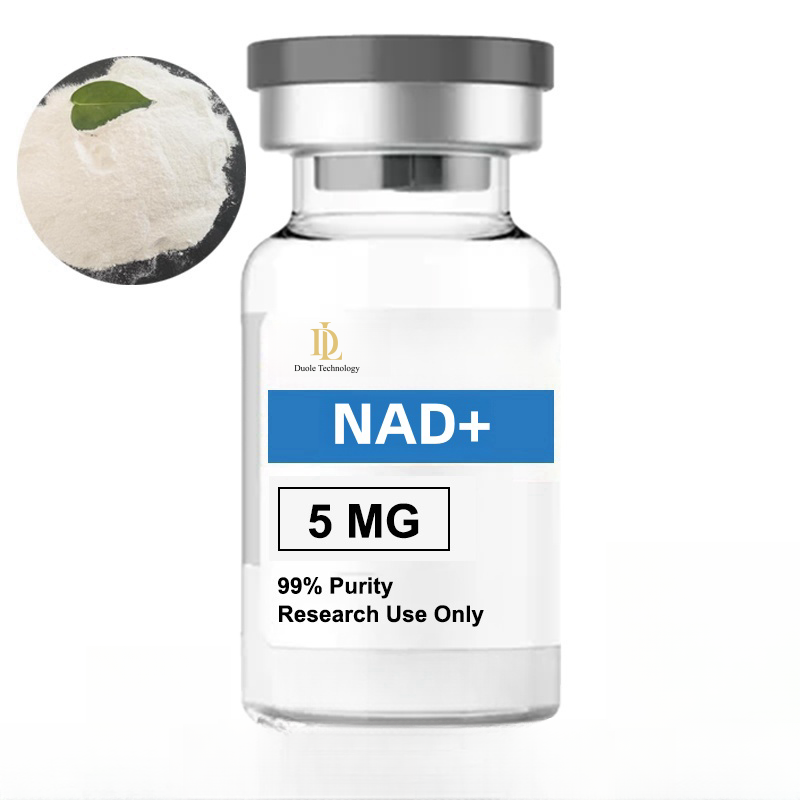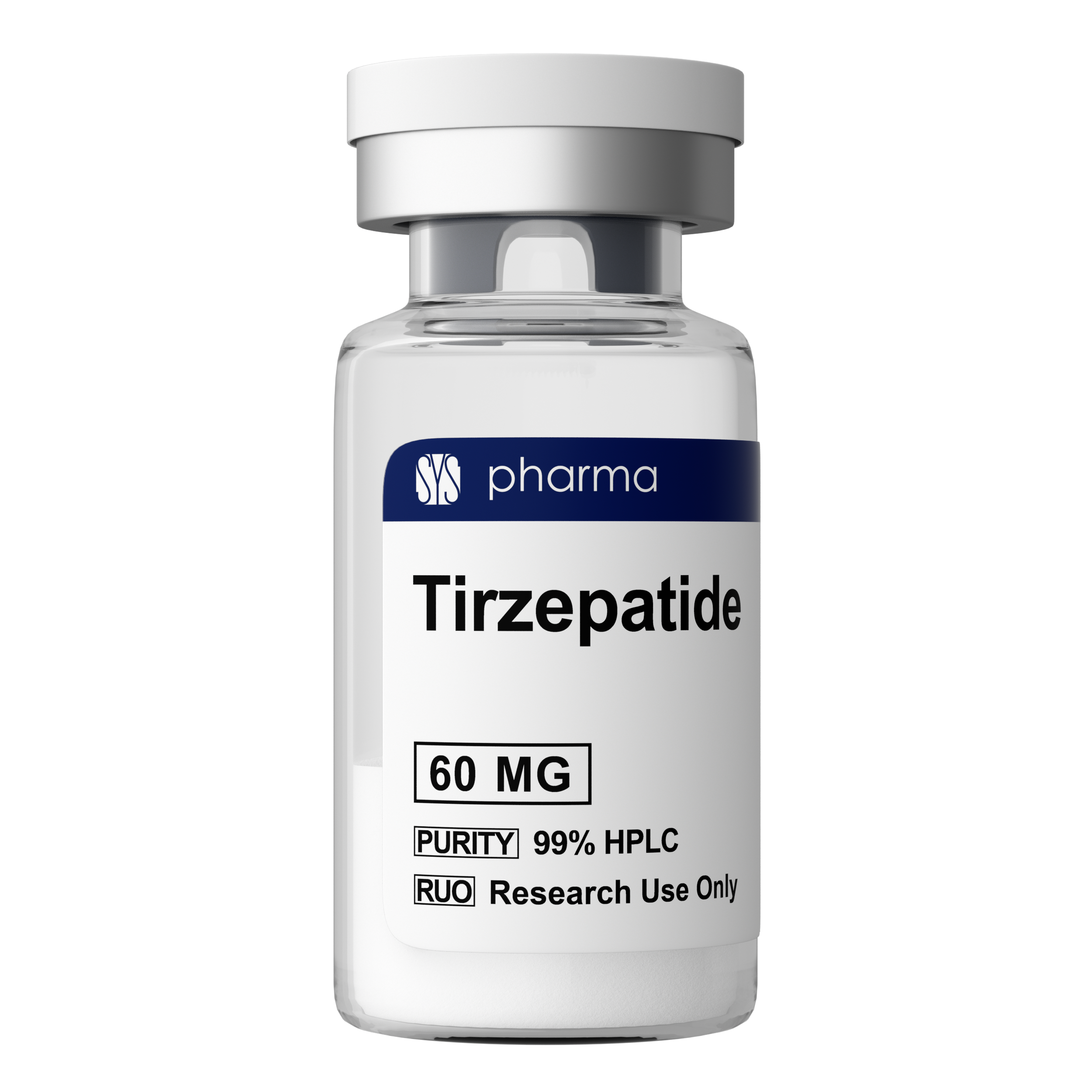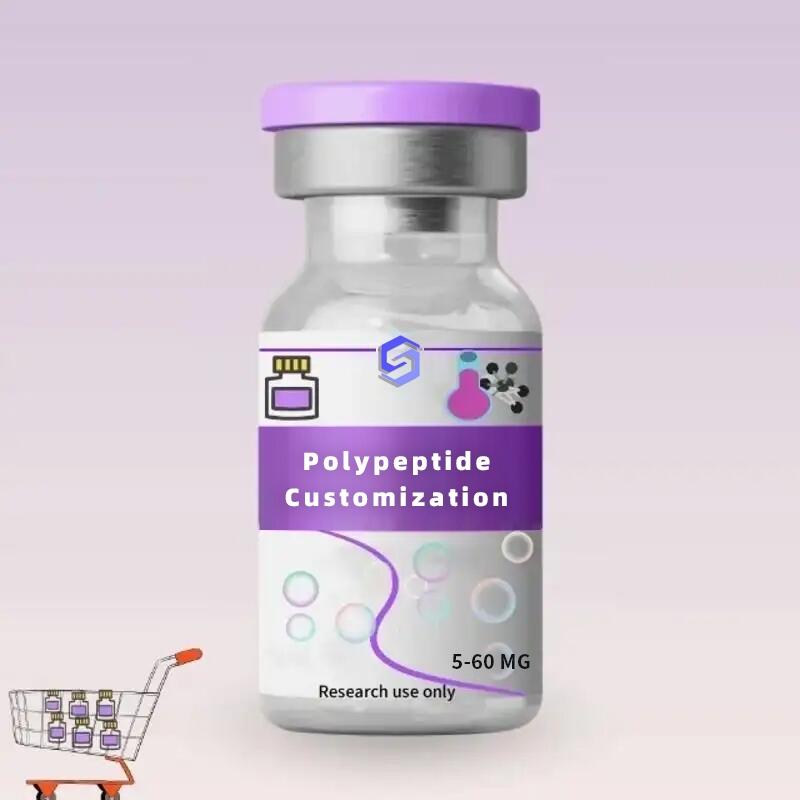-
Categories
-
Pharmaceutical Intermediates
-
Active Pharmaceutical Ingredients
-
Food Additives
- Industrial Coatings
- Agrochemicals
- Dyes and Pigments
- Surfactant
- Flavors and Fragrances
- Chemical Reagents
- Catalyst and Auxiliary
- Natural Products
- Inorganic Chemistry
-
Organic Chemistry
-
Biochemical Engineering
- Analytical Chemistry
-
Cosmetic Ingredient
- Water Treatment Chemical
-
Pharmaceutical Intermediates
Promotion
ECHEMI Mall
Wholesale
Weekly Price
Exhibition
News
-
Trade Service
The new crown pneumonia epidemic has raged so far, and it has brought a major threat to human health around the world
.
The emergence of various variants of new coronavirus such as Delta has made the development of new coronavirus vaccines and neutralizing antibody drugs even worse
Figure 1: The number of new confirmed cases per day in severely affected countries
At present, a number of vaccines have been approved for marketing or emergency authorization worldwide.
According to OWID (Our World in Data) statistics, as of September 6, 2021, 40.
6% of the global population has received at least one dose of the new crown vaccine (Figure 2) ), China has reported a total of more than 2.
1 billion doses of the new crown vaccine, and more than 900 million people have completed the entire vaccination
.
However, in low-income countries, only 1.
Figure 2: As of September 6, 2021, the dose of new crown vaccination per 100 people
The mutation of the new coronavirus
Since January 2020, the new crown virus has continuously evolved and branched from the original strain into multiple variant strains (Figure 3).
These variant strains have continued to change in terms of transmission capacity and clinical pathogenicity
.
Figure 3: The evolutionary tree of the new coronavirus
In response to the mutation of the new coronavirus, the WHO divides the main types of mutations into two categories: "Variant of concern" (VOC) and "Variant of interest" (VOI) (Table 1)
.
VOC strains have a higher public health risk than VOI strains, and are also more concerned by the public.
Table 1: Classification of WHO New Coronavirus Variations
The Delta strain was first discovered in India in October 2020, showing a significantly stronger transmission and pathogenic ability, dominating the outbreak in India in the first half of 2021, and gradually becoming the new mainstream virus strain in the United States, the United Kingdom and other countries ( Figure 4)
.
At present, the Delta strain has spread widely around the world, including many countries with a high proportion of new crown vaccination
Figure 4: The global prevalence of Delta mutant strains continues to increase
New crown vaccine development progress
At this stage, the global new crown vaccine research and development technology routes are mainly divided into five categories: inactivated vaccines, adenovirus vector vaccines, recombinant protein vaccines, nucleic acid vaccines (including mRNA and DNA vaccines) and attenuated vaccines
.
Among them, the most prominent advantages of inactivated vaccines are good safety, low cost, and rapid clinical progress; adenovirus vector vaccines have good safety, low cost, and faster progress; while recombinant protein vaccines are safe, effective and cost-effective.
Table 1: New Coronary Pneumonia Vaccines Approved for Marketing or Emergency Use Worldwide
Since the outbreak of the new crown epidemic, mRNA vaccines have received widespread attention.
Pfizer and BioNTech have launched BNT162b2 and announced that its protection rate has reached 95%
.
Subsequently, Moderna launched mRNA-1273 and announced that its effective rate reached 94.
New Coronary Pneumonia Drugs Under Research
As the new crown pneumonia epidemic once again ushered in its peak, it is urgent to develop a "special medicine" for new crown pneumonia
.
Drug treatment is an important part of the new crown treatment plan.
Table 1: New Coronary Drugs Approved or Authorized for Emergency Use Worldwide
Since the outbreak of the epidemic, the National Health Commission has issued eight consecutive versions of the diagnosis and treatment plan.
At present, there is no "specific medicine" for new coronary pneumonia.
The conventional treatment method is "basic pneumonia + antiviral drugs + anti-inflammatory drugs"
.
According to the "New Coronavirus Pneumonia Diagnosis and Treatment Plan (Trial Eighth Edition)", for general patients, oxygen therapy and strengthened supportive treatment are mostly used; for severe and critical patients, antiviral therapy is used for different clinical Patients with manifestations are treated with immunotherapy such as plasma and immunoglobulin of recovered patients or other treatments such as glucocorticoid therapy
Figure 1: Global new coronary pneumonia drug research and development stage
From the point of view of the mechanism of action of the drugs under study, the top 5 are COVID-19 spike glycoprotein inhibitors, COVID-19 spike glycoprotein modulators, COVID-19 replicase polyprotein 1ab inhibitors, and IL-6.
Receptor antagonist, COVID-19 replicase polyprotein 1a inhibitor (Figure 2)
.
Figure 2: The mechanism of action of global new coronary pneumonia drugs under investigation
Approved neutralizing antibody drugs
The use of recovered plasma for treatment is a quick and effective emergency measure to deal with complex and sudden infectious diseases.
However, due to the limited source of plasma, it is difficult to apply to the clinic on a large scale.
Monoclonal antibodies with neutralizing activity have a clear target.
, High purity, large-scale preparation and other advantages, is a powerful weapon for the prevention and control of infectious diseases
.
The neutralizing antibody specifically binds to the S protein, blocks the virus and the host cell receptor ACE2 protein, and inhibits the virus from infecting normal cells
.
Neutralizing antibodies, as promising new coronavirus-specific therapeutic drugs, have shown good therapeutic effects in clinical studies
.
Currently, there are mainly 5 neutralizing antibodies approved for clinical use worldwide
.
Bamlanivimab and Etesevimab are IgG1 monoclonal neutralizing antibodies against the spike protein of the new coronavirus discovered in blood samples of patients recovered from the new coronary pneumonia in the United States and China respectively.
It was introduced with Shanghai Junshi Biology (in cooperation with the Institute of Microbiology, Chinese Academy of Sciences)
.
Bamlanivimab received emergency authorization from the FDA as early as November 2020, becoming the first monoclonal antibody to obtain EUA authorization for new coronary pneumonia
.
In February 2021, the FDA approved the emergency use authorization of Bamlanivimab/Etesevimab diabody therapy
.
In April 2021, the FDA revoked the emergency use authorization granted to Bamlanivimab in November 2020
.
An analysis found that Bamlanivimab single-drug use in the SARS-CoV-2 mutant virus will produce drug resistance.
The FDA believes that the potential risks of continuing to use the drug will outweigh the benefits
.
In addition, because Bamlanivimab/Etesevimab is resistant to Gamma mutant and Beta mutant, and the overall infection rate of these two mutations in the United States exceeds 11%, in June 2021, the relevant US government announced the suspension of the supply of Bamlanivimab/Etesevimab double antibodies in the United States.
Therapy until further notice
.
Until September 2021, based on the evaluation of the FDA’s latest COVID-19 mutation frequency data, the FDA and ASPR (Office of the Assistant Secretary for Emergency Preparedness and Response) announced the resumption of the transportation and distribution of the Bamlanivimab/Etesevimab diabody therapy throughout the United States.
No more restrictions on use
.
In addition, in November 2020, the FDA granted Regeneron's neutralizing antibody combination therapy REGEN-COV2 (Casirivimab/Imdevimab) emergency use authorization
.
The Regdanvimab neutralizing antibody developed by the Korean pharmaceutical company Celltrion also received a conditional marketing license from the Korean Drug Safety Department in February 2021
.
In May 2021, the FDA granted emergency use authorization for the neutralizing antibody Sotrovimab jointly developed by GlaxoSmithKline and Vir, for mild to moderate adult and adolescent patients who have tested positive for the virus and are at high risk of developing severe new coronary pneumonia
.
Neutralizing antibody drugs under development
In addition to the approved neutralizing antibodies, there are still a large number of neutralizing antibody molecules in the development stage
.
According to the Cortellis database, as of September 26, 2021, there are hundreds of new coronary pneumonia neutralizing antibody drugs under research worldwide, and 23 are in the clinical development stage (Table 2)
.
Multinational pharmaceutical companies such as Eli Lilly, AstraZeneca, GlaxoSmithKline, AbbVie, etc.
have their own products in order to carry out clinical trials
.
AstraZeneca's AZD7442 therapy phase III clinical trial results showed that although its effective rate failed to reach the target, it may have a preventive effect on patients who have not yet been infected after exposure
.
Domestic drug research and development institutions are also at the forefront of the world in the development of neutralizing antibody drugs
.
In addition to Etesevimab, which was jointly developed by the Institute of Microbiology of the Chinese Academy of Sciences and Junshi Biology, was the first to obtain emergency use authorization in the United States, BRII-196 and BRII-198 were jointly developed by Tsinghua University and Tengshengbo Pharmaceutical; and those jointly developed by BeiGene and Danxu Biotechnology DXP-593, DXP-604; MW-33 developed by Maiwei Biologics; anti-neo-coronavirus neutralizing antibody drugs developed by companies such as Shenzhou Cell, Luye Pharmaceutical, and Jimin Trust have also entered the clinical research stage
.
Table 2: Neutralizing antibodies in clinical development stage worldwide
Since the mutation of the new coronavirus mainly appears in the S protein, and the neutralizing antibody specifically binds to the S protein, many existing neutralizing proteins face the risk of reducing their effectiveness
.
Compared with other variants, the Delta variants currently circulating globally have added three important mutations "L452R", "T478K" and "P681R" to the S protein
.
Among them, the L452R mutation not only increases the affinity of the S protein to the receptor, but also reduces antibody recognition, including the recognition of antibodies present in the convalescent serum and some clinically important neutralizing monoclonal antibodies; the T478K mutation may directly enhance S The interaction between protein and receptor can evade the surveillance of the immune system; P681R mutation can indirectly enhance the S protein-mediated process of virus invasion into cells, thereby increasing the infectivity of the virus
.
A review published in the Cell magazine showed that Casirivimab, Imdevimab, Etesevimab, and Sotrovimab are still effective against delta mutations, while Bamlanivimab has shown weak neutralizing ability against multiple mutations (Figure 3)
.
The results of the study show that Sotrovimab maintains activity against the new coronavirus mutant strains that are currently receiving attention, including the P.
1 variant originally found in Brazil, the B.
1.
427/B.
1.
429 variant found in California, USA, and the B.
1.
427/B.
1.
429 variant found in South Africa.
The 1.
351 variant, the B.
1.
1.
7 variant found in the UK, the B.
1.
526 variant found in New York, and the B.
1.
617 variant found in India
.
Among the neutralizing antibodies in the clinical development stage, ABBV-47D11 developed by AbbVie and ADG-20 developed by Adagio have a "broad-spectrum" neutralizing effect that can neutralize multiple coronaviruses of the same lineage
.
The experimental data of the in vitro chimeric virus showed that the BRII-196/BRII-198 combination therapy developed by Tengshengbo Pharmaceutical maintains neutralizing activity against the major virus variants Alpha, Beta, Gamma, Epsilon and Delta that have received widespread attention
.
The team of researcher Yang Xiaoming of Sinopharm Group China Biosciences has recently discovered the effective monoclonal antibody 2B11 against the mutant strain of Delta, and its neutralizing activity IC50 is as high as 5ng/ml
.
Figure 3: The impact of the currently circulating new coronavirus mutant strains on neutralizing antibody therapy
summary
So far, the COVID-19 pandemic has had a huge impact on global public health, the economy, and people's life>
.
With the large-scale application of the new crown vaccine, the approval of innovative drugs and the continuous improvement of treatment plans, the mortality rate of new crown pneumonia has been significantly controlled
.
However, with the proliferation of variants of new coronaviruses such as Delta, a new round of epidemics is still caused when vaccination coverage has been established in many countries and regions.
The research and development of specific drugs against new coronary pneumonia is still the current priority
.
At present, a number of neutralizing antibody drugs have been authorized for emergency use.
Although neutralizing antibody drugs are lacking in dealing with new coronavirus mutations, some antibody drugs in clinical development have shown good effects on a variety of mutant strains
.
With the advantages of low cost, good accessibility, and suitable for use by a large range of people, small molecule drugs are expected to become a weapon in the fight against new coronary pneumonia
.
There are currently a large number of small molecule drugs in the clinical research phase for new coronary pneumonia, and drugs such as Prokalamide, Molnupiravir and AT-527 have shown initial therapeutic potential
.
It is hoped that more effective drugs will appear soon to end the further spread and spread of the epidemic
.
【Reference Materials】
【Reference Materials】 1.
Cortellis database, search date: September 15, 2021.
Cortellis database, search date: September 15, 2021.
2.
Our World in Data website data.
Our World in Data website data.
3.
WHO website data.
WHO website data.
4.
Thompson MG, Burgess JL, Naleway AL, et al.
Prevention and attenuation of COVID-19 with the BNT162b2 and mRNA-1273 vaccines.
N Engl J Med, 2021, 385(4): 320-329.
Thompson MG, Burgess JL, Naleway AL, et al.
Prevention and attenuation of COVID-19 with the BNT162b2 and mRNA-1273 vaccines.
N Engl J Med, 2021, 385(4): 320-329.
5.
Al Kaabi N, Zhang Y, Xia S, et al.
Effect of 2 inactivated SARS-CoV-2 vaccines on symptomatic COVID-19 infection in adults: a randomized clinical trial.
JAMA, 2021, 326(1): 35- 45.
Al Kaabi N, Zhang Y, Xia S, et al.
Effect of 2 inactivated SARS-CoV-2 vaccines on symptomatic COVID-19 infection in adults: a randomized clinical trial.
JAMA, 2021, 326(1): 35- 45.
6.
Corti D, Purcell LA, Snell G, et al.
Tackling COVID-19 with neutralizing monoclonal antibodies.
Cell, 2021, 184(12):3086-3108.
Corti D, Purcell LA, Snell G, et al.
Tackling COVID-19 with neutralizing monoclonal antibodies.
Cell, 2021, 184(12):3086-3108.
7.
Pan Y, Du J, Liu J, et al.
Screening of potent neutralizing antibodies against SARS-CoV-2 using convalescent patients-derived phage-display libraries.
Cell Discov, 2021, 7(1): 57.
Pan Y, Du J, Liu J, et al.
Screening of potent neutralizing antibodies against SARS-CoV-2 using convalescent patients-derived phage-display libraries.
Cell Discov, 2021, 7(1): 57.







